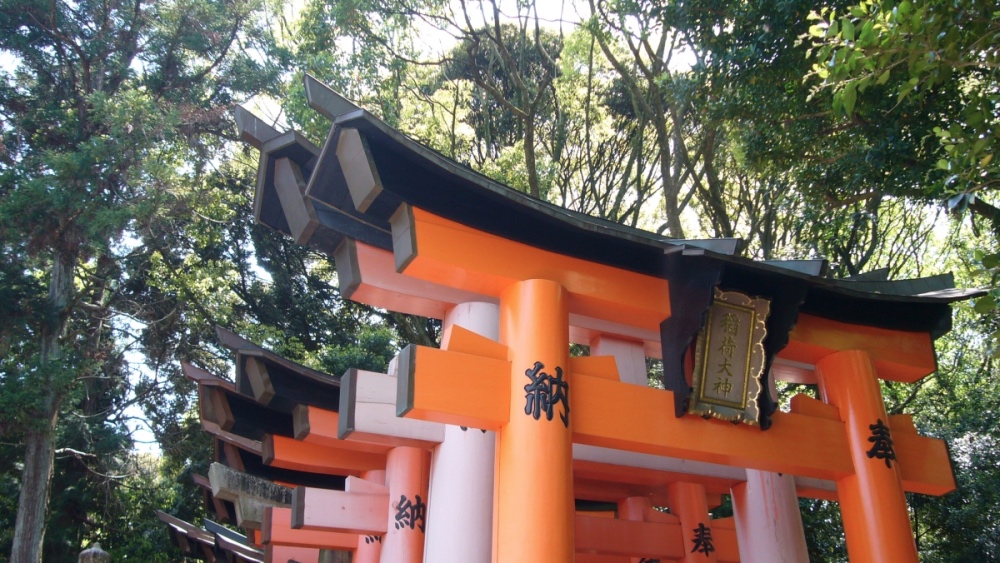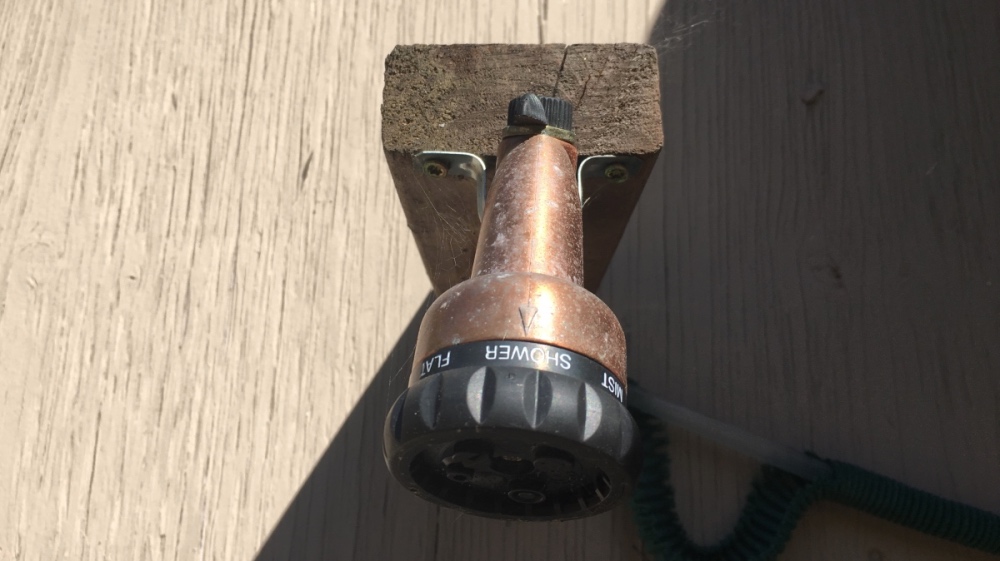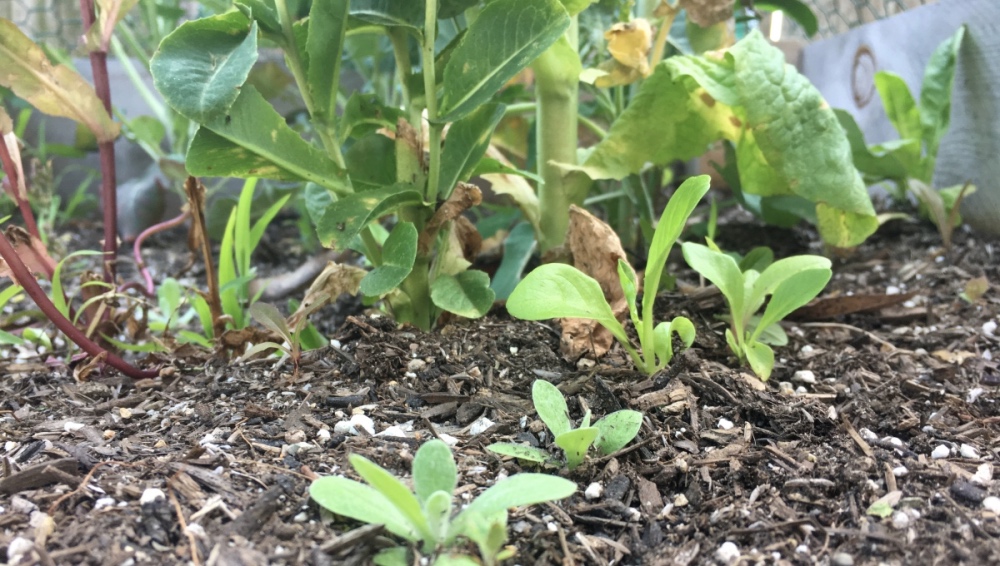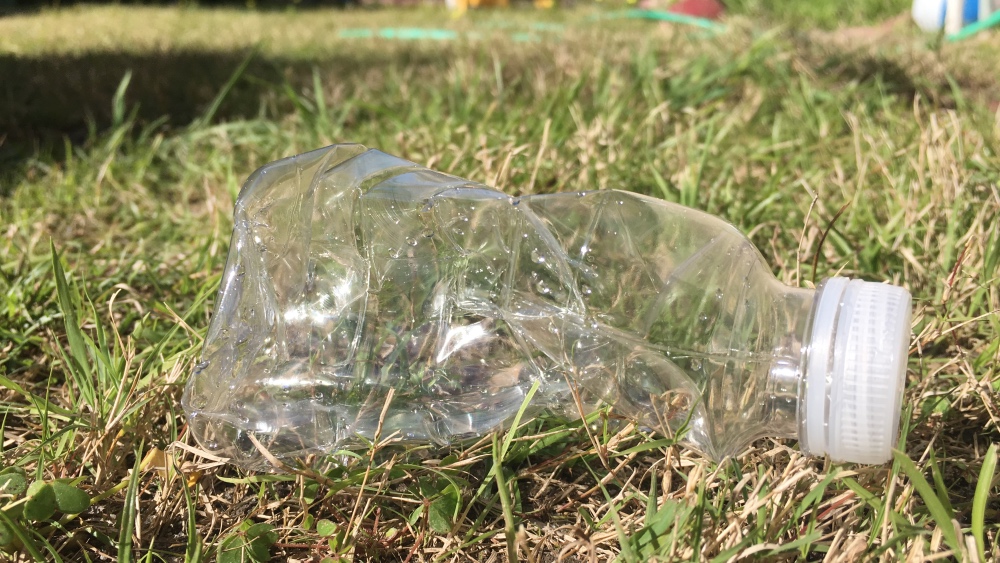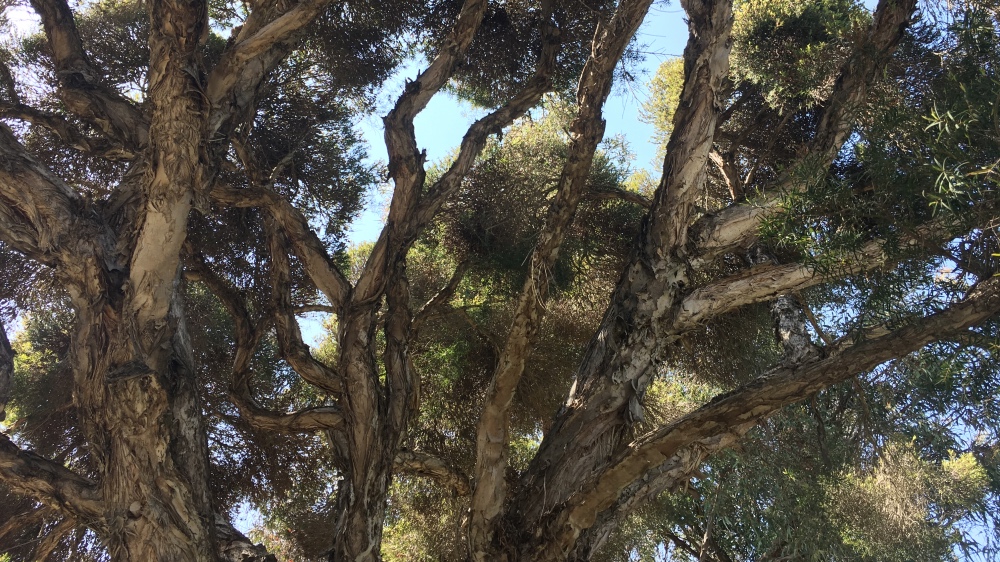I read this inspiring afforestation story in one of my favorite books, Drawdown. The story is about Akiri Miyawaki, a Japanese botanist who developed a novel afforestation method.
In the 1970s and 1980s he realized most forest trees where not native trees to Japan. They had been introduced over centuries for timber. He studied original vegetation around shrines and temples and his idea was to reintroduce those native species back to Japan’s forests. This is the method he developed:

“The Miyawaki method calls for dozens of native tree species and other indigenous flora to be planted close together, often on degraded land devoid of organic matter. As these saplings grow, natural selection plays out and a richly biodiverse, resilient forest results”
Drawdown: the most comprehensive plan ever proposed to roll back global warming, Hawken – Penguin Books – 2018
He became a champion of creating indigenous, authentic forests. They are more resilient to climate change and other threads. Over the years he has planted more than 40 million trees around the world, from Brazil to France, India and China.
What I like most about his approach is that it only takes 2 years of watering and weeding for the plants to become self-sustaining and they are mature after only 10-20 years. These original forests are denser, more biodiverse, and capture and sequester more carbon than plantations. What an inspiring story. Let’s plant more forests!

